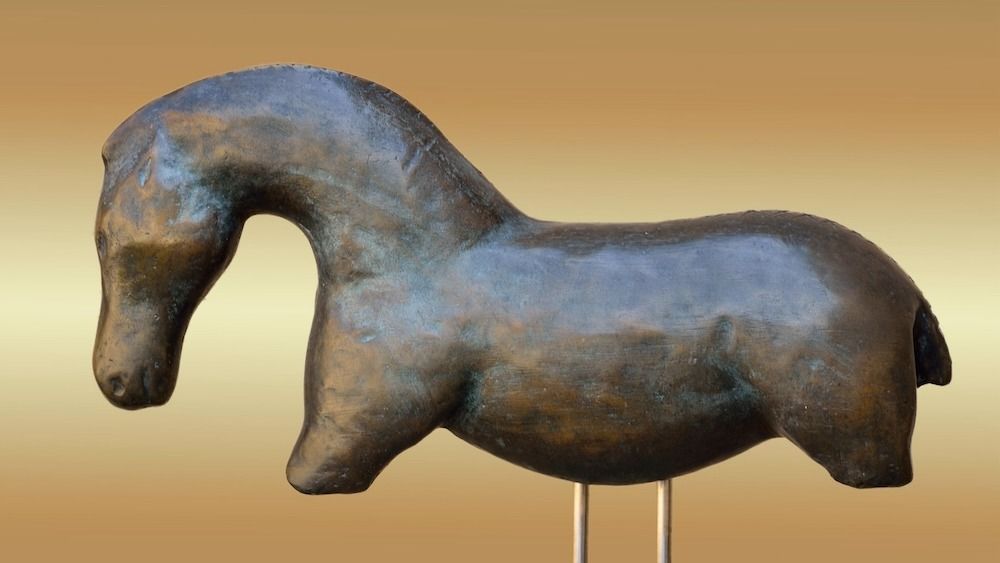Archaeologists have uncovered a remarkable find in Vogelherd Cave, southern Germany: a horse-shaped figurine made of mammoth ivory that dates back to the early Upper Paleolithic period. The Vogelherd horse is considered the oldest known horse sculpture created by anatomically modern humans (Homo sapiens). This horse-shaped figurine measures roughly 1 inch high and 1.9 inches long, with intricate details such as a carved mouth, nostrils, eyes, and mane. Despite being complete on its head, all four legs have been broken off.
Researchers believe that the Vogelherd horse depicts a stallion, possibly trying to impress a mare or fighting off a predator. The Aurignacian people, who lived in Europe between 43,000 and 35,000 years ago and coexisted with Neanderthals in this region, are thought to have created the sculpture. These skilled hunter-gatherers are renowned for their stone tools craftsmanship, including blades and points.
Inside Vogelherd Cave, archaeologists have discovered hundreds of stone tools, animal bones, and ivory pieces alongside beads painted red with ochre. The cave was used as a processing site for meat from reindeer and horses hunted by Aurignacian groups. The finding of these animal remains provides insight into the diet of this ancient group of people. Furthermore, evidence from studying animal bones found in Vogelherd Cave reveals that the Aurignacian people were skilled hunters who relied on animals like reindeer and horses for sustenance.
The discovery of the Vogelherd horse is an exciting piece of information that sheds light on our ancestors’ lives during the early Upper Paleolithic period. It shows how these ancient groups were not only skilled hunter-gatherers but also capable of creating beautiful artworks that reflect their way of life and beliefs.



